Mold is a serious problem that can cause health problems, damage to your property, and an unpleasant smell. It is important to handle mold correctly and not leave it to fester or spread. This guide will provide an overview of the areas of the home that are most likely to develop mold, why removal is more important than cleaning, the risks associated with mold, and the steps for removing and remediating mold yourself.
Areas of the Home That Develop Mold
Mold is most likely to form in areas that are damp and dark. This includes bathrooms, basements and attics, kitchens, and laundry rooms. These areas are most likely to be exposed to high levels of humidity, which promotes the growth of mold. Additionally, areas of the home that are not well ventilated are also prone to mold growth.
Why Removal is More Important Than Cleaning
Due to the fact that mold is a living organism, it is impossible to simply clean it away. The spores will remain in the air, and even if the surface is cleaned, the mold can still grow back. Therefore, it is important to remove the mold from the area and remediate the area to ensure the mold does not come back.
Why Mold is a Serious Risk
Mold can cause a variety of health problems, including respiratory issues, allergies, and asthma attacks. Additionally, it can cause damage to your property, as it can eat away at wood and other materials. It can also cause an unpleasant smell, which can be difficult to get rid of. Therefore, it is important to take the necessary steps to get rid of the mold and prevent it from coming back.
Steps for Removing and Remediating Mold Yourself
When it comes to removing and remediating mold, it is important to take the necessary steps to ensure the job is done properly. The first step is to identify the source of the mold, as this will help you determine the best way to get rid of it. Next, you will need to contain the area to prevent the mold from spreading. This can be done by sealing off the area with plastic sheeting and taping it down. You will then need to remove the mold, which can be done with a mold-killing cleaner. Finally, you will need to clean and disinfect the area to prevent the mold from coming back.
Materials Needed for Remediation
When it comes to removing and remediating mold, there are a few materials that you will need. These include protective gear such as gloves and goggles, as well as a mold-killing cleaner, a scrub brush, and a vacuum cleaner. Additionally, you may need materials to seal off the area, such as plastic sheeting and tape.
Safety Precautions
When it comes to removing and remediating mold, it is important to take the necessary safety precautions. This includes wearing protective gear, such as gloves and goggles, and avoiding contact with the mold. Additionally, you should ensure that the area is well ventilated and avoid inhaling the mold spores.
Tips for Prevention
The best way to get rid of mold is to prevent it from forming in the first place. This can be done by reducing the humidity levels in the home, as well as ensuring that the area is well ventilated. Additionally, it is important to keep the area clean and dry to prevent the mold from growing.
Conclusion
Mold is a serious problem that can cause health issues and damage to your property. It is important to take the necessary steps to get rid of the mold and prevent it from coming back. This guide has provided an overview of the areas of the home that are most likely to develop mold, why removal is more important than cleaning, the risks associated with mold, and the steps for removing and remediating mold yourself. Additionally, it has provided information on the materials needed for remediation, safety precautions, and tips for prevention.

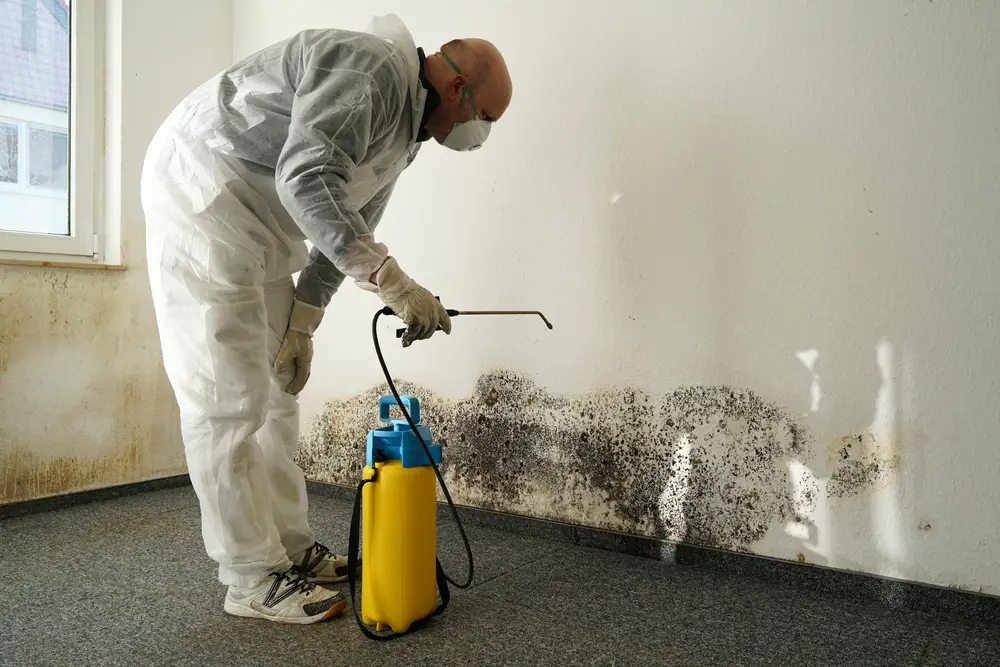
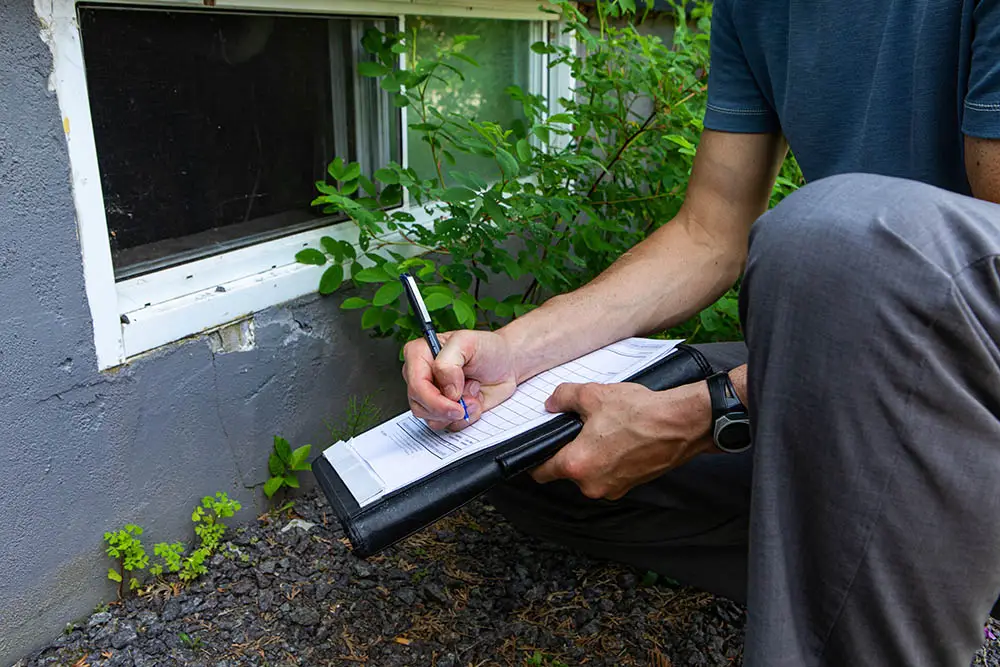
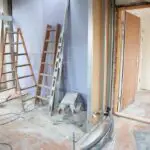



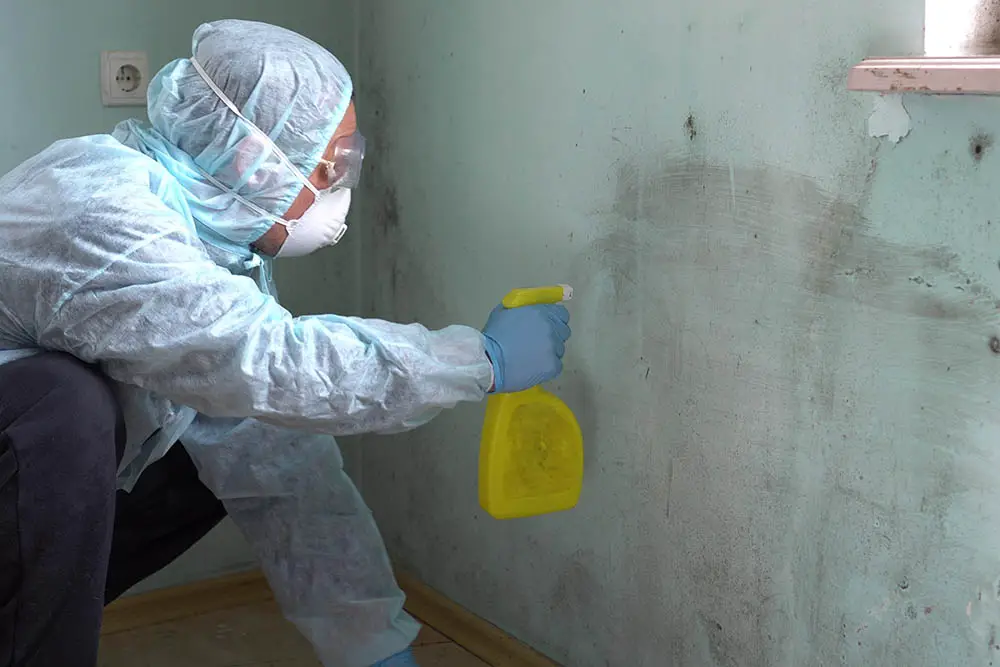
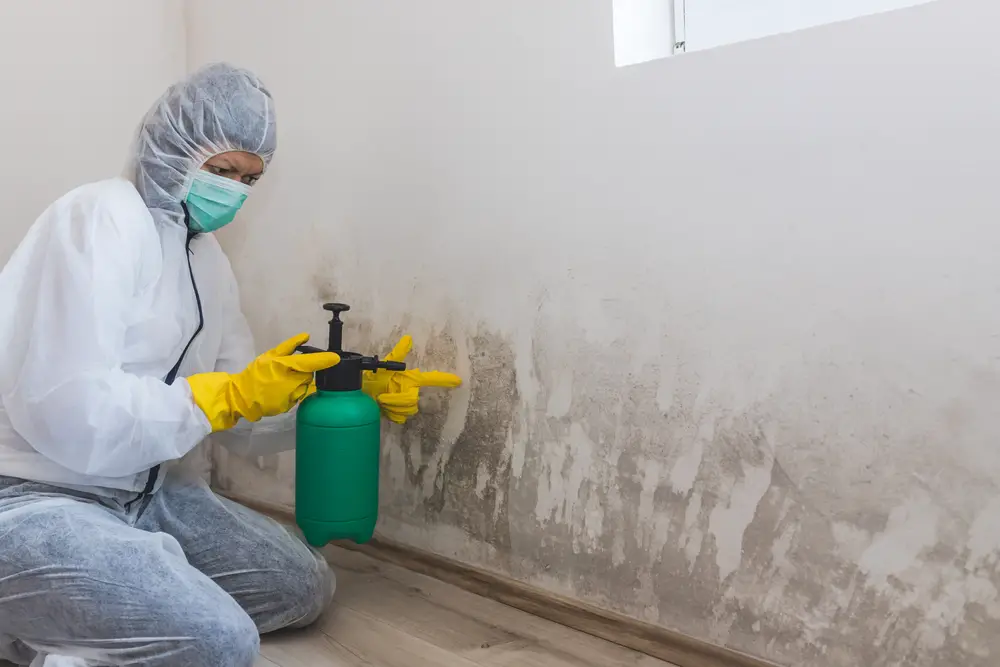
Insulation value can be a factor in a mold problem because low value of insulation or a breach and the insulation can cause a cold spot that develops condensation and is responsible for the moisture causing the mold. So if you have mold on the cement block in your crawl space you should consider insulating the outside of the cement block wall quite well.